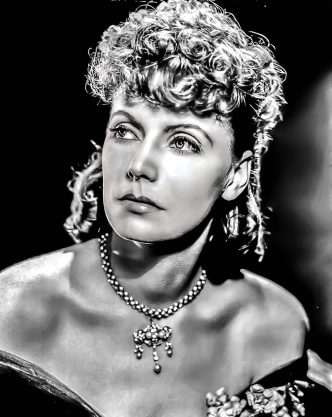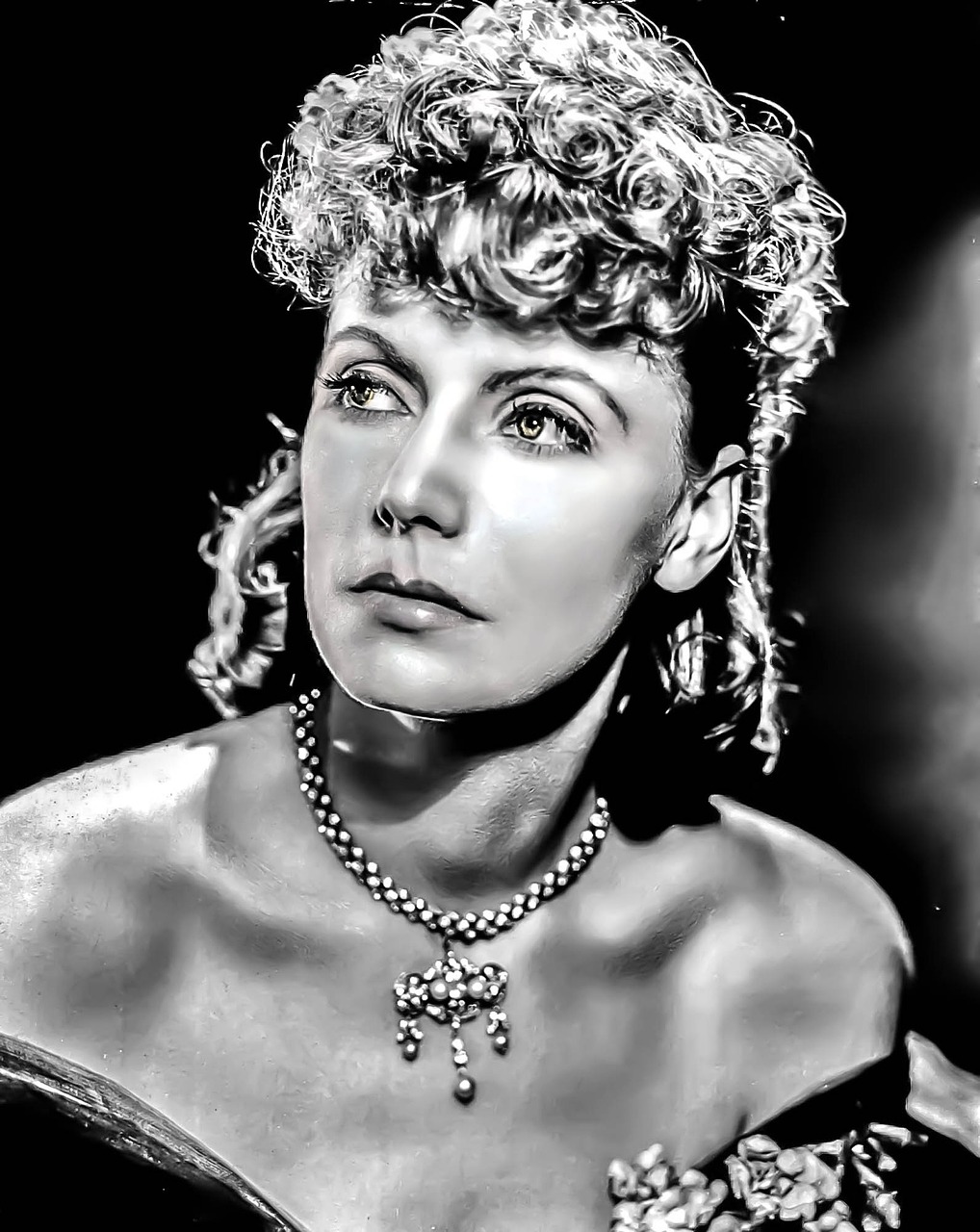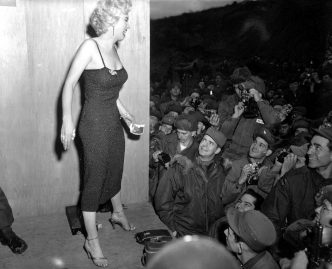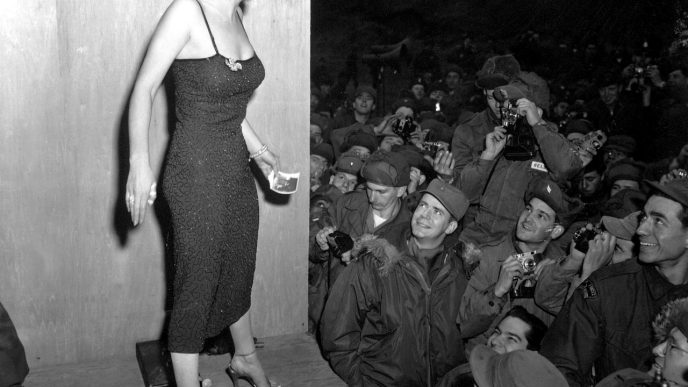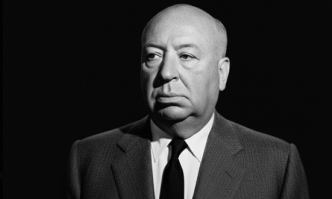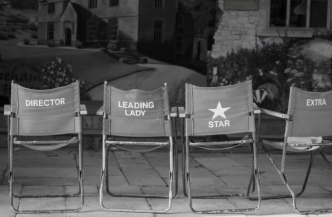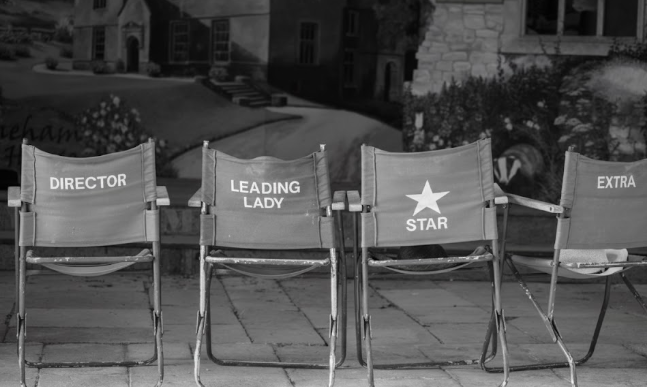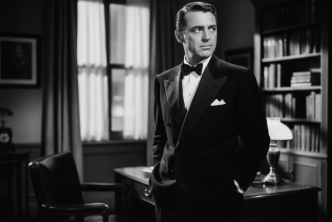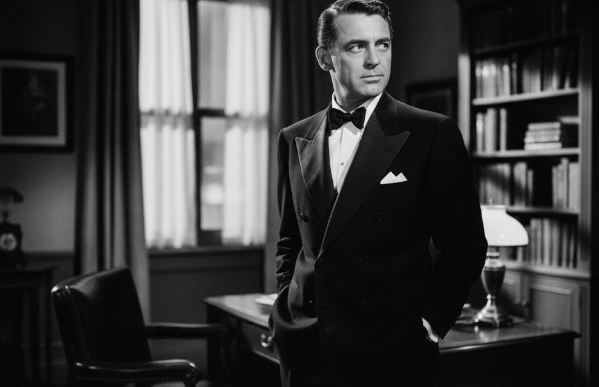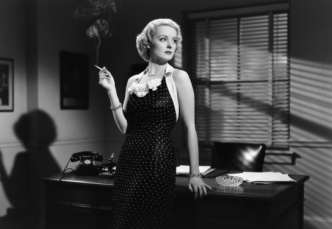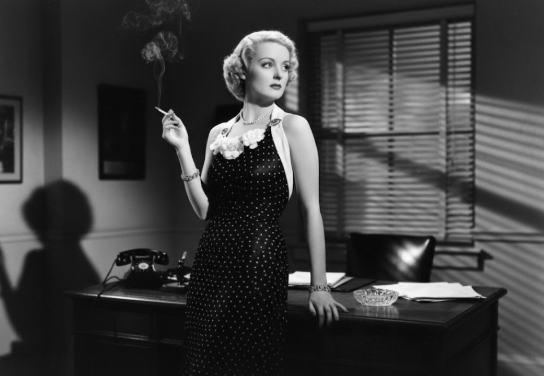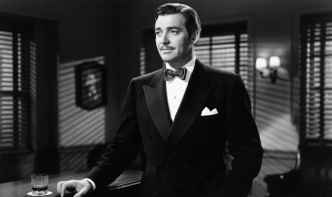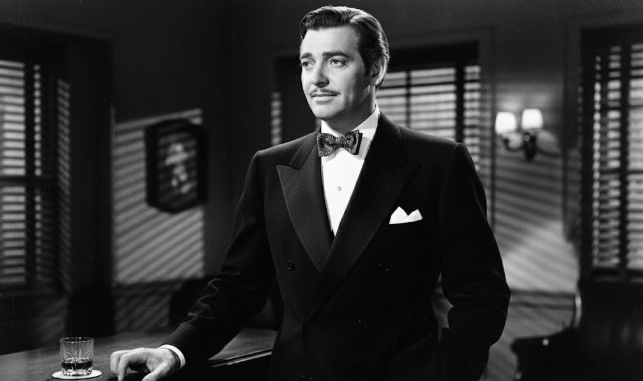Greta Garbo was not just a star; she was a phenomenon. In the golden age of Hollywood, she was the ultimate enigma, a screen goddess whose luminous face could convey a universe of emotion without a single word. Her persona was a carefully crafted paradox of carnal passion and ascetic coldness, making her one of the most glamorous and popular stars of the 1920s and ’30s. But as the silent era came to an end, a question hung over Hollywood: could the “Swedish Sphinx” survive the talkies?
Garbo’s transition to sound was not just a success; it was a triumph that amplified her mystique. By mastering the new medium and then famously walking away from it all, she cemented her legacy as one of cinema’s most inscrutable and enduring icons.
From Stockholm Slums to Silver Screen
Born Greta Lovisa Gustafsson in 1905, Garbo’s early life in a poor district of Stockholm was one of hardship. After her father’s death when she was 14, she left school to work, eventually landing a job as a clerk in a department store. It was there that her cinematic journey began, first modeling hats for a catalog and then appearing in advertising shorts for the store.
Her potential was undeniable, and she soon won a scholarship to Sweden’s prestigious Royal Dramatic Theatre Academy. Her studies were cut short when she was discovered by the influential Swedish director Mauritz Stiller, who became her mentor. He cast her in his film The Saga of Gösta Berling (1924), gave her the stage name “Garbo,” and secured her a contract with Metro-Goldwyn-Mayer in Hollywood. Arriving in America in 1925 unable to speak English, she was initially ignored by the studio, but her electrifying screen test quickly changed their minds. She became an international star with her third American film, Flesh and the Devil (1926), which ignited a famous on- and off-screen romance with co-star John Gilbert and established her as MGM’s highest box-office draw.
“Garbo Talks!”: The Triumph of Anna Christie
As the silent era waned, MGM grew increasingly anxious about its biggest star. Many actors’ careers were destroyed by the microphone, their voices failing to match their on-screen personas. The studio delayed Garbo’s sound debut, carefully searching for the right vehicle while she perfected her English. The anticipation was immense, culminating in a brilliant marketing campaign for her first talkie, Anna Christie (1930), built around a simple, electrifying slogan: “Garbo Talks!”.
Audiences waited sixteen minutes into the film for her entrance. She walks into a saloon, sits at a table, and finally speaks her first line in a low, husky voice laced with her native Swedish accent: “Gimme a whisky, ginger ale on the side, and don’t be stingy, baby!”. The world was captivated. Her voice, far from being a liability, was a perfect match for her enigmatic image—deep, world-weary, and seductive. The film was a massive success, earning Garbo her first Academy Award nomination and proving she was one of the few silent stars who could not only survive but thrive in the new era of sound.
The Reign of a Reclusive Queen
The success of Anna Christie gave Garbo unprecedented power in Hollywood. She leveraged her status as MGM’s biggest asset to negotiate a record-breaking contract that gave her immense creative control over her roles and films—a rarity for any actor at the time. She used this power to craft a career of remarkable depth, starring in a string of classics that cemented her legend, including Grand Hotel (1932), Queen Christina (1933), Anna Karenina (1935), and what many consider her finest performance, Camille (1936).
Off-screen, she cultivated a mystique that was as compelling as her performances. She famously shunned the Hollywood social scene, rarely gave interviews, refused to sign autographs, and never attended the Oscars, even when nominated. This aversion to publicity was genuine, born from a deep desire for privacy that began in childhood. Her famous line from Grand Hotel—”I want to be alone”—became inextricably linked with her public persona, though she later clarified, “I never said, ‘I want to be alone.’ I only said, ‘I want to be left alone.’ There is all the difference”. This aloofness only fueled the public’s fascination, making her one of the most mysterious and talked-about figures in the world.
An Enduring Enigma: Retirement and Legacy
In 1939, MGM attempted to reinvent her image with the comedy Ninotchka, advertised with the tagline “Garbo Laughs!”. The film was a success, but its follow-up, Two-Faced Woman (1941), was a critical and commercial failure. In 1941, at the age of 36 and the height of her fame, Garbo retired from the screen. What was intended as a temporary break became permanent.
She spent the next five decades living a fiercely private life in New York City. The media portrayed her as a lonely recluse, but in reality, she maintained an active and vibrant social life among a trusted circle of friends, traveling the world and collecting art. She never returned to film, a decision that perfectly preserved her mystique. By disappearing from the public eye, she remained forever the luminous, untouchable icon of the silver screen. Her legacy is one of both supreme artistry and masterful control over her own myth, a star who defined an era and then, on her own terms, simply walked away

Dario Loce is the founder and editor of Celebrimous. He is a lifelong film enthusiast and the author of several locally-published books on cinema history and analysis. His passion is deconstructing the “how” and “why” of filmmaking, from the director’s vision to the editor’s cut. When not lost in a classic film, he’s usually walking through the city, replaying scenes in his mind like unfinished stories.
